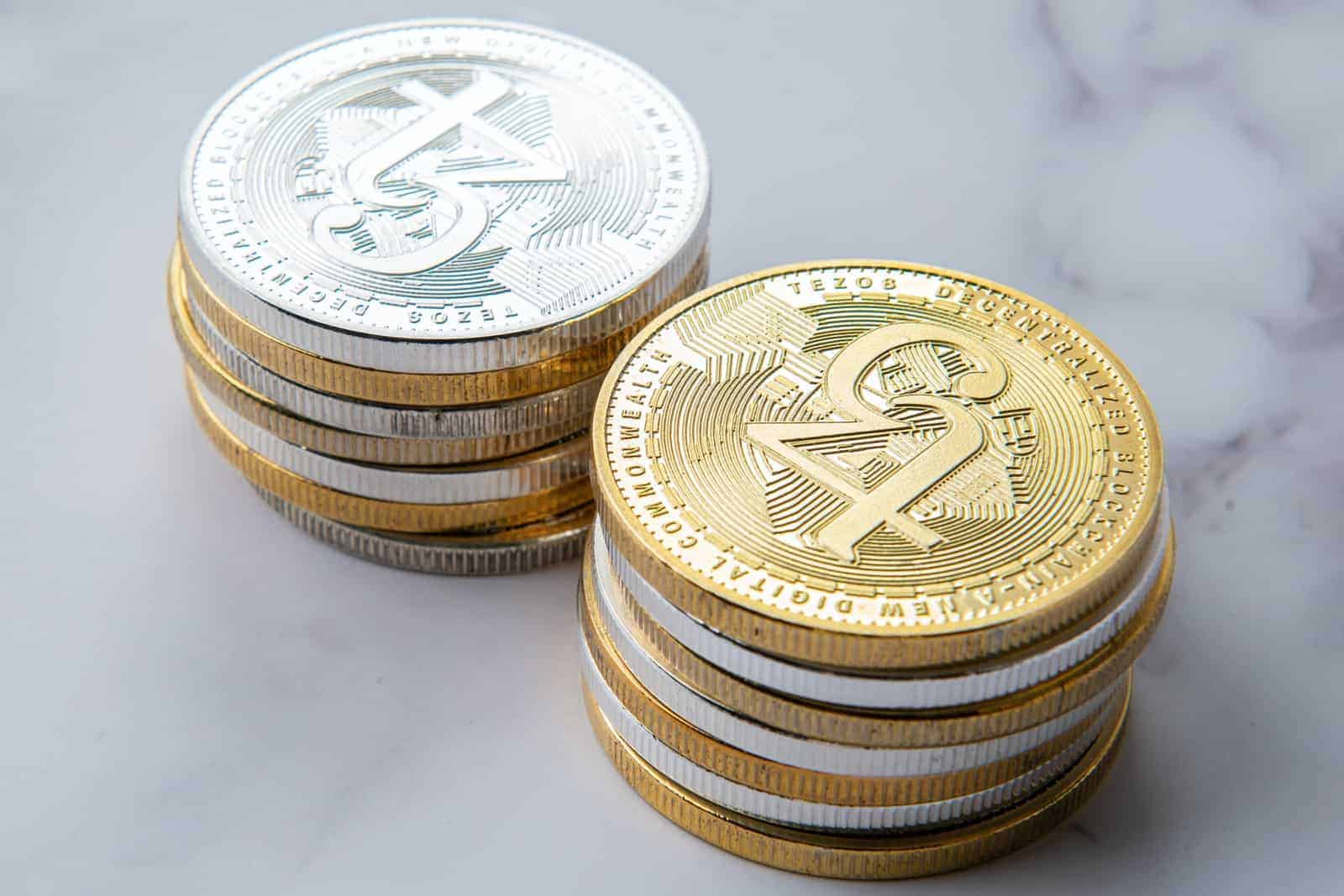
LUNA Supply Drops to All-Time Low
LUNA, the native token of the Terra blockchain, fell to an all-time low supply level on Tuesday. This has so far been a price-boosting dynamic that’s seen by crypto analysts as an indicator of how popular the project remains despite nagging concerns about its sustainability. The last time Luna traded at this level was just before the launch of Terra’s mainnet on March 25.
The token, which has struggled to recover from a 51% attack in February, fell to $0.00280 as of Tuesday – a far cry from its all-time high price of $0.183385 attained in mid-December, according to Quanta. But don’t be too quick to call it a sign of deflation: because the mainnet has launched and Luna is no longer used as collateral for the stablecoin, demand for the token from speculators has naturally waned. And while the price may have come down significantly, it’s still trading well above its initial value of $0.000006 when it launched in August 2017. In other words, there’s still plenty of room for upside even at these depressed levels – especially if the project can continue to execute on its vision and attract more users.
LUNA’s circulating supply level fell to 346 million, down from 355 million a month earlier and far off the high of 482 million last November, according to Smart Stake (a data tracker platform focused on the Terra ecosystem). That’s a supply drop of around 29% in just six months – and it’s likely to continue falling as users stake more of their tokens.
The liquid supply (the number of coins available on the market that are not locked for staking) dropped to 90 million for the first time ever. This all-time low in liquid supply is a direct result of the large number of users staking their tokens to support the LUNA network.
Crypto price analysts believe that a lower supply of LUNA has helped to bolster the token’s price in cryptocurrency markets; the price hit an all-time high of $119 on April 5.
“This results in a large price movement for the LUNA asset, as there is not only significant buying but also significant supply reduction,” said Dustin Teander, analyst at blockchain data platform Messari. “Both forces push the LUNA price higher, leading us to where we are now.”
Terra blockchain was founded by South Korea-based Terraform Labs. The network was designed to provide users with a way to make high-speed, low-cost payments using a decentralized cryptocurrency. It is currently the largest masternode by market capitalization and the 15th largest cryptocurrency overall.
Terra has expanded rapidly from a basic crypto online payment protocol into a decentralized finance (DeFi), gaming and non-fungible tokens (NFTs) hub. The network has hosted four $1+ million tokenized real estate auctions and will soon launch a peer-to-peer loan protocol.
Changpeng Zhao, the CEO of Binance, which is incubating Terra Labs, recently remarked that he sees value in the LUNA stablecoin: “LUNA is very cheap compared to other stablecoin competitors, and we think LUNA’s value will appreciate as it expands into new use cases.”
The Terra team has set the ambitious goal of achieving 1 billion purchases on its network by 2025. If they can achieve that kind of traction it could go a long way in changing how people pay for things around the world.</span>
As one of the largest cryptocurrencies, Terra has emerged as a leader in making low-cost payments using blockchain technology. With its fast growth across multiple industries such as decentralized finance (DeFi), gaming, and non-fungible tokens (NFTs), Terra has quickly become a major player in the blockchain space.






